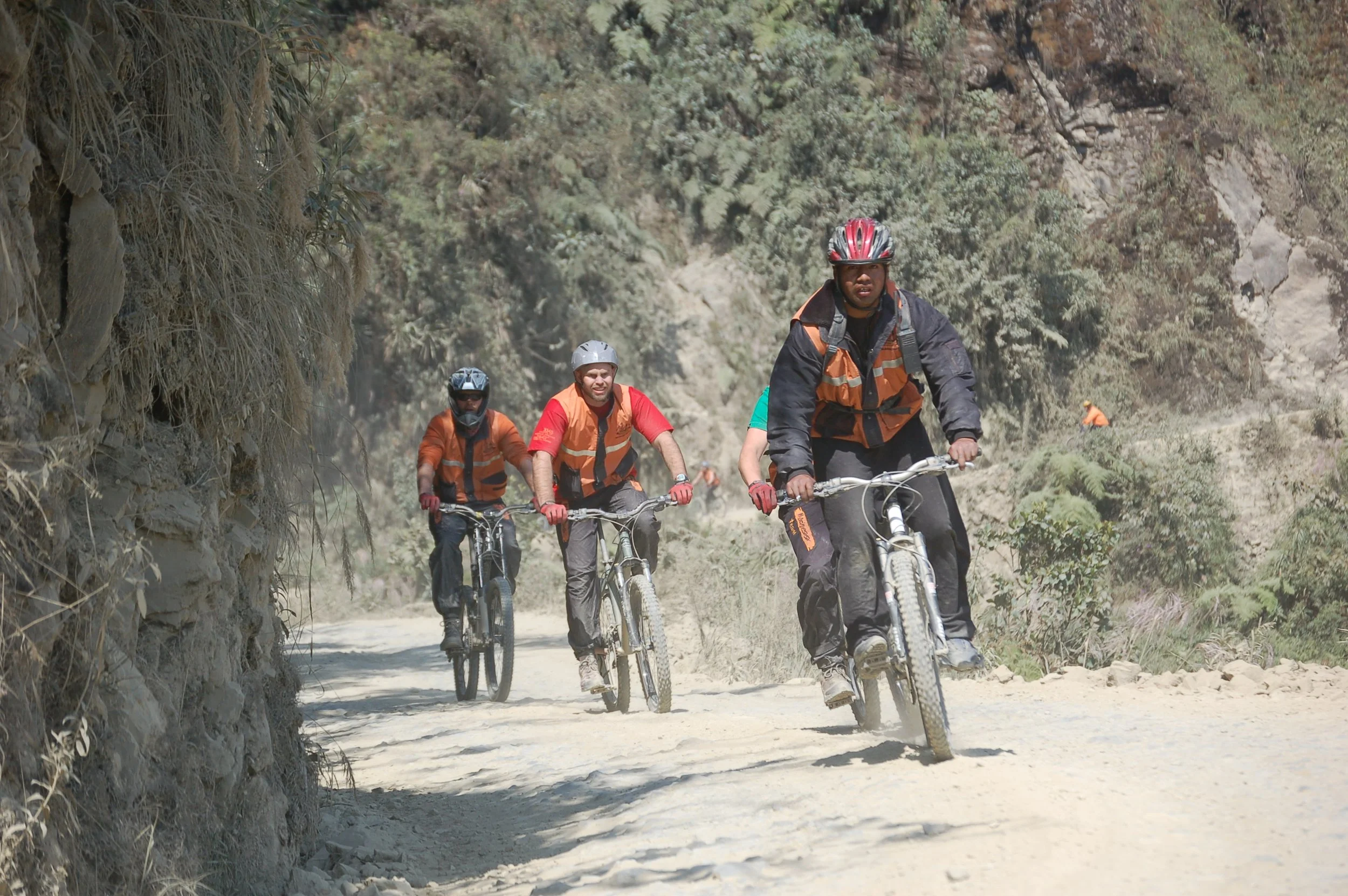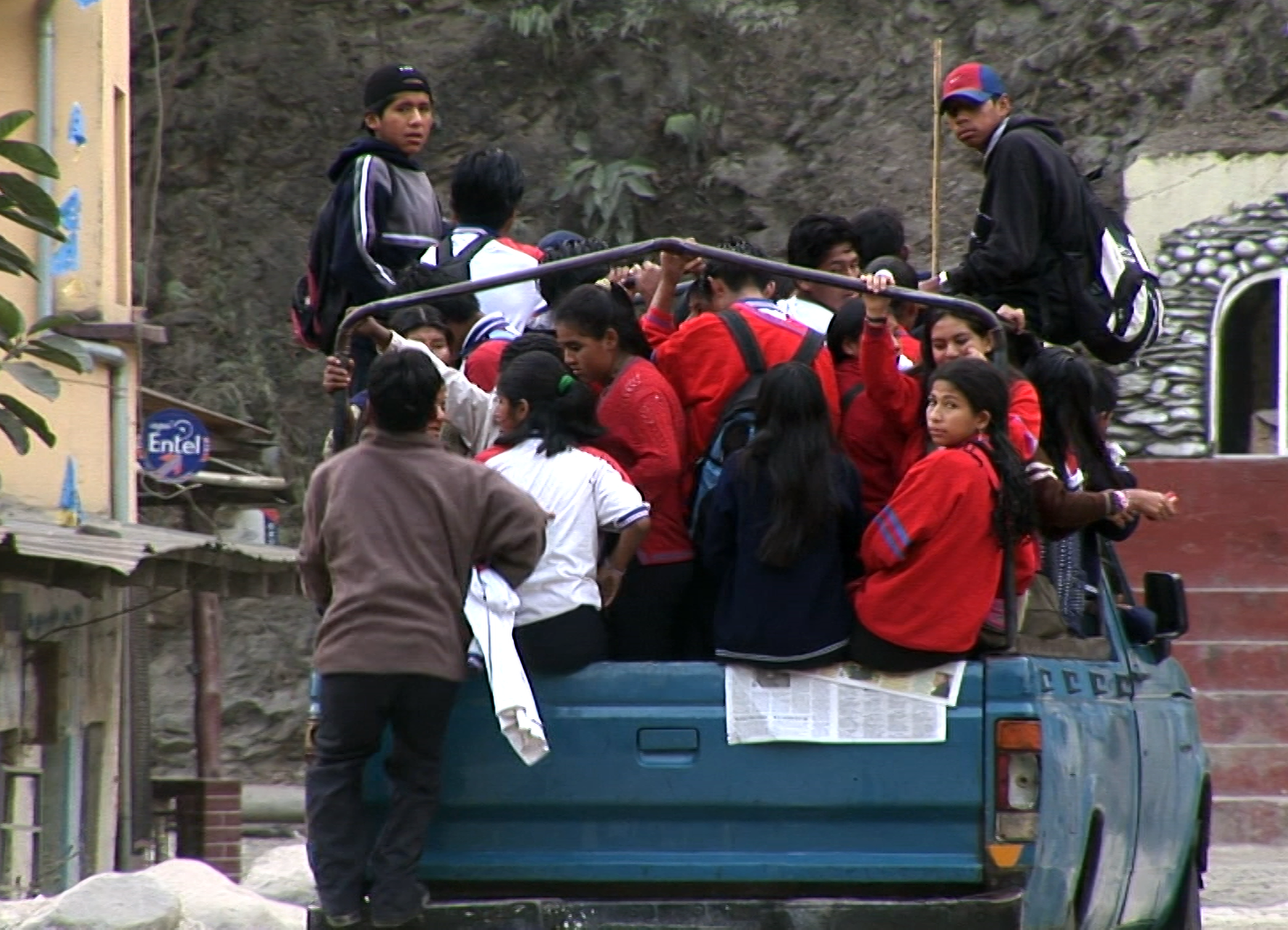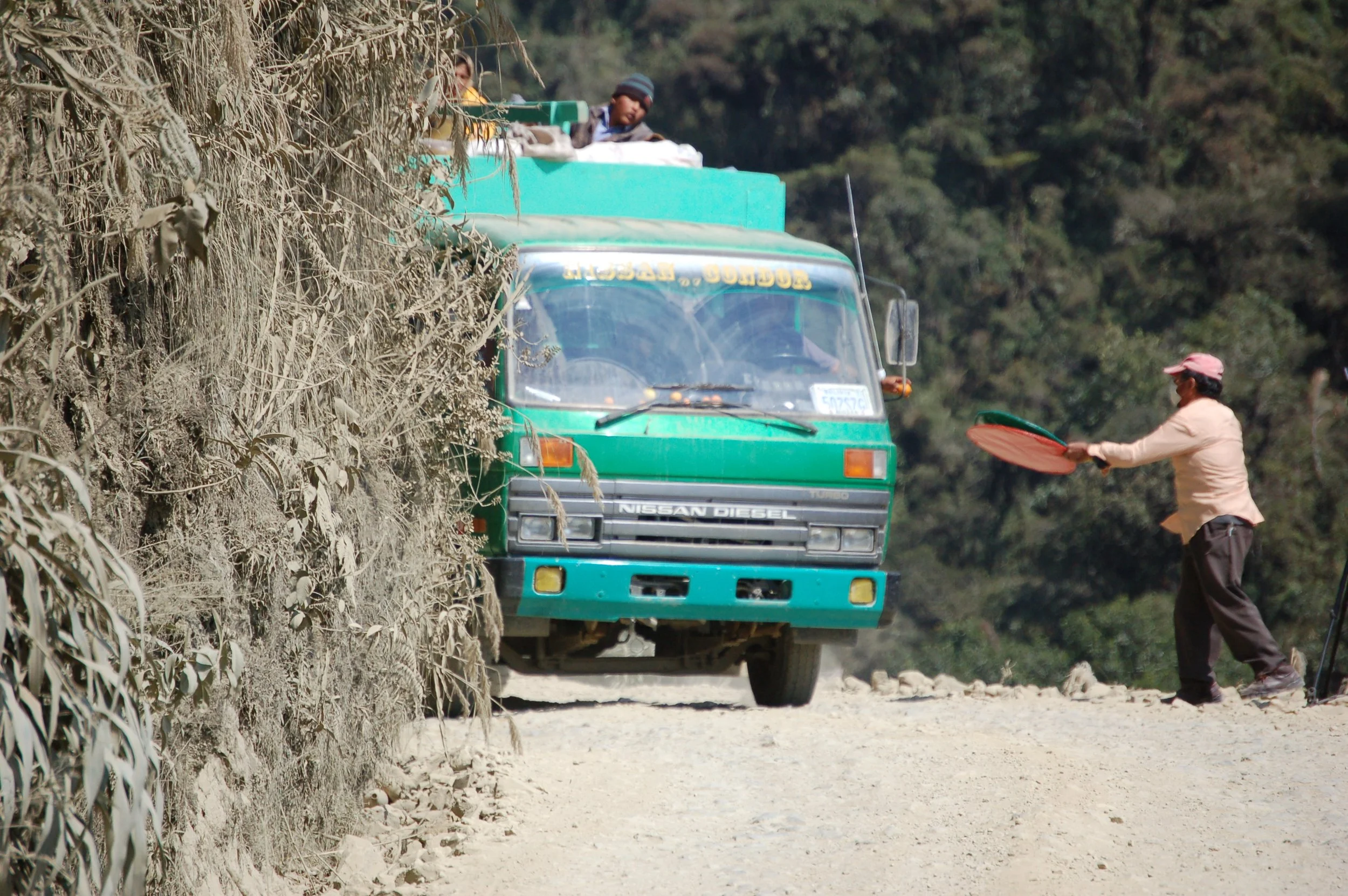
Surviving the Death Road
Adventure bikers and local Bolivians share the “world’s most dangerous road”.
Surviving the Death Road is the story of a dangerous road, dubbed the “World’s Most Dangerous Road” by the Inter-American Development Bank, where until a few years ago local Bolivians and foreign mountain bikers careened past each other on one of the busiest thoroughfares of today’s adventure tourism industry. Swarms of tourists and travelers willing to mountain bike seek thrills no longer available in their wealthy, risk-averse countries. On a regular basis, one or more bikers goes off the road, sometimes over a precipice.
At the bottom of the road is a small, vibrant community struggling with issues of indigenous cultural preservation, economic survival, and the unequal terms of exchange with tourist concessions that pass every day but leave little for local people. The disparate reactions of bikers and locals to a bus crash late in the film reveals a cultural divide in attitudes toward risk, development, and tradition, and highlights the assumptions and prejudices of each group towards the other. In 2007, everything changes, as a new road opens and the community at the bottom of the road loses its livelihood.
Don Timoteo explains his work as a “human stoplight” – a semáforo humano. He uses a large round sign, one side green and the other red, to direct traffic in dangerous sections on this one-lane road carved out of the mountain by Paraguayan prisoners in the 1930s. Uphill drivers have the right of way, so downhill drivers – no matter how large their vehicle – must back up until they reach a spot wide enough to allow the uphill vehicle to get by. Don Timoteo is paid only by passing drivers who give him bolivianos, worth 12 cents each. We watch a remarkable ballet unfold, involving trucks, buses, and bicycles inching delicately past one another on a narrow roadbed with a wall of rock on one side and a 300-meter abyss on the other.
The community at the bottom of the road, Yolosa, is a dirty truck stop of a community that has to figure out how to survive when the world’s most dangerous road closes to vehicle traffic as a new road finally opens in 2007. In 2012, the film crew returns to Yolosa, to find that the promised new Yolosa has not been built. 80% of the families have lost their livelihoods and moved away. The remaining Yolosans have to find a new way forward – cleaning up their town, opening a zip line for tourists, and sharing adventure tourists with the Senda Verde, a nearby refuge for trafficked and rescued wild Amazonian animals. We witness the beginning of environmental and economic renewal against all odds. Filmed over a six-year span, this 48-minute film tracks the inspiring journey of an indigenous community into an uncertain future.
Released 2012
Won Best Documentary at the Third World Indie Film Festival


